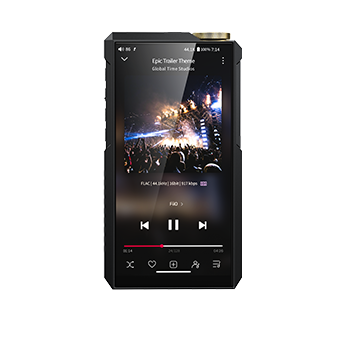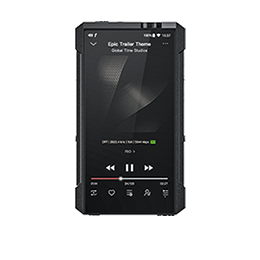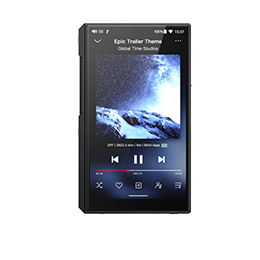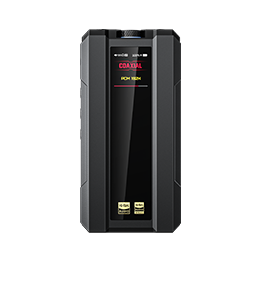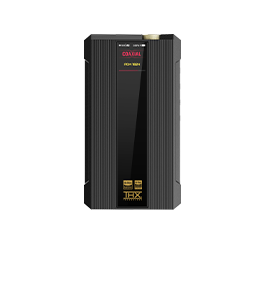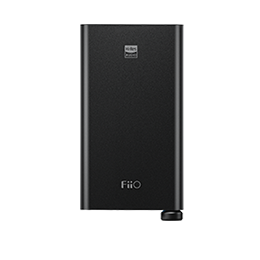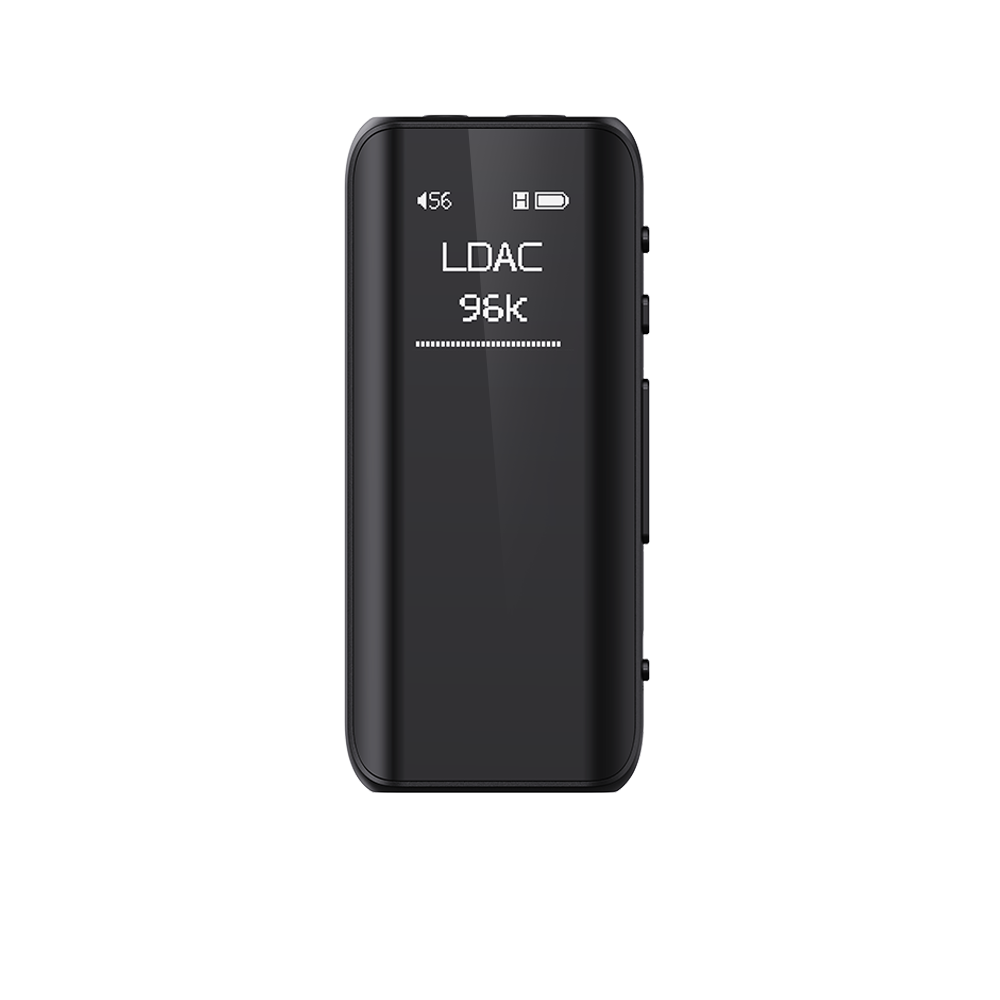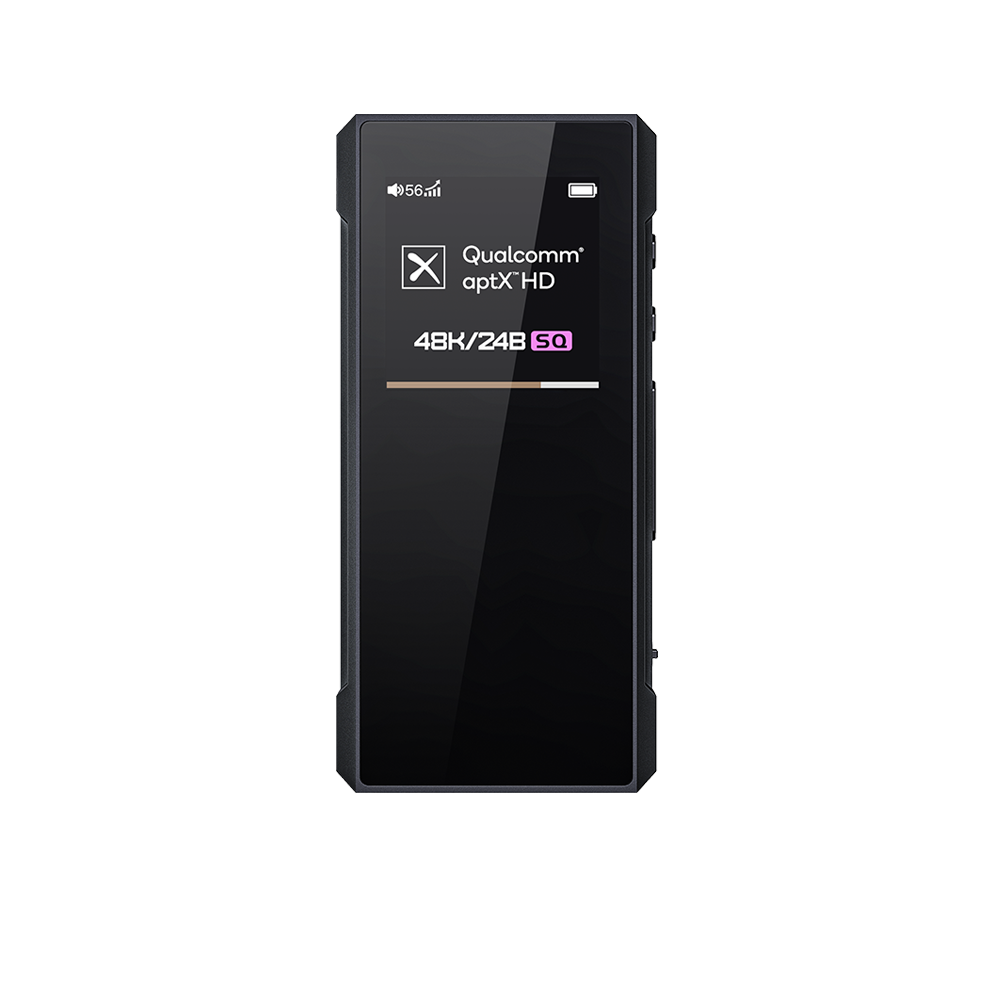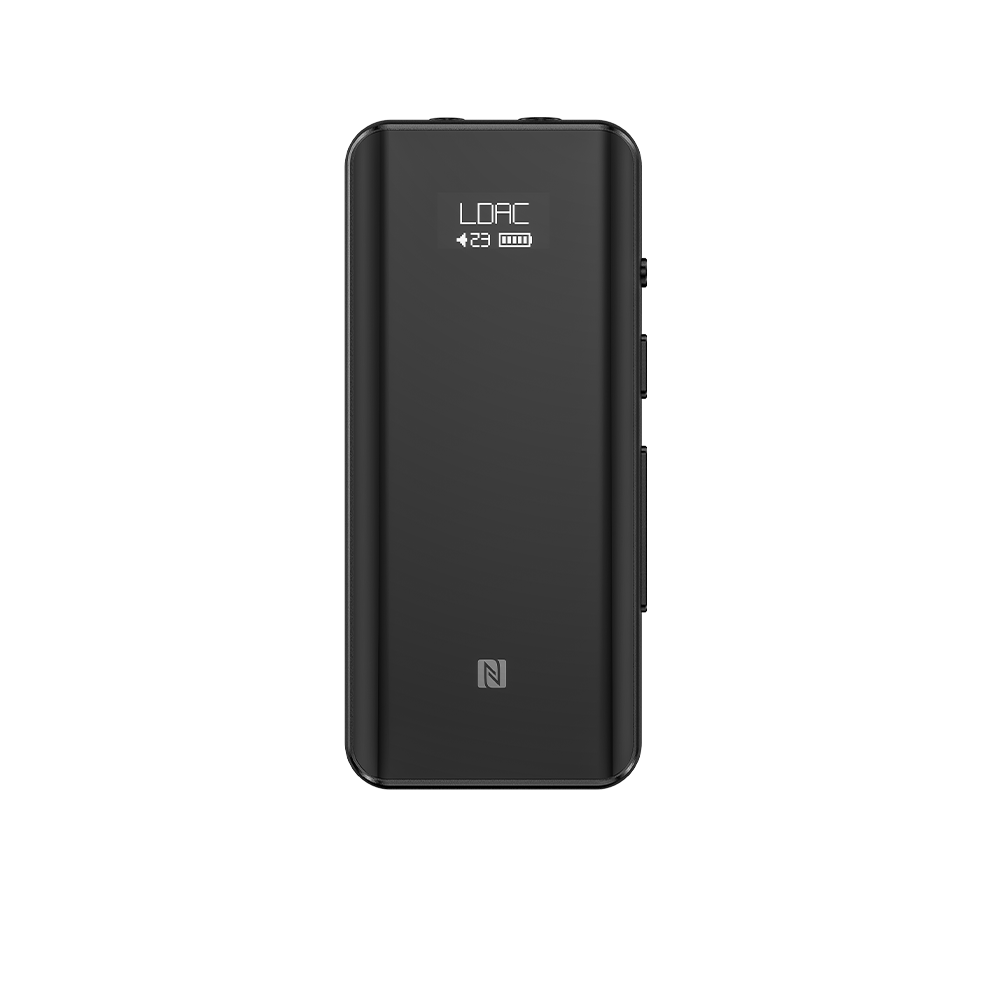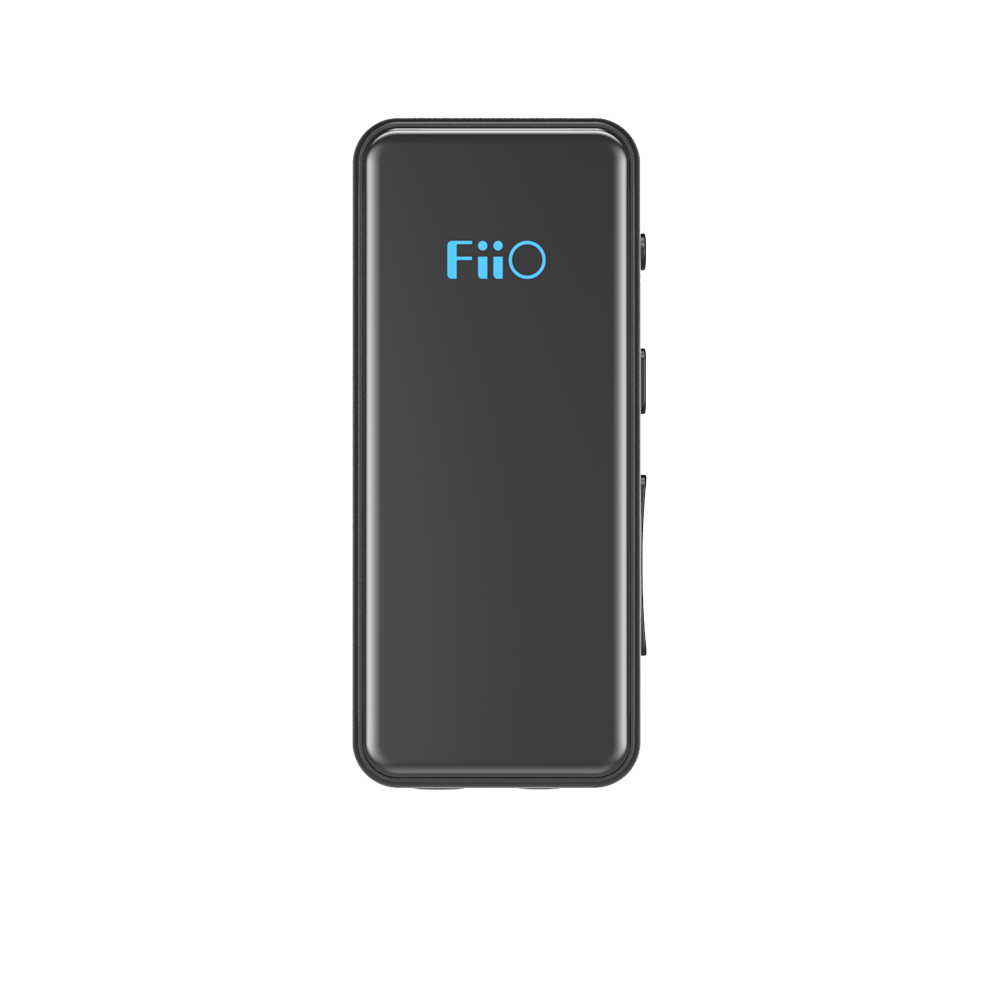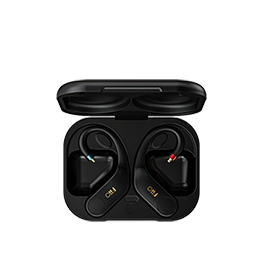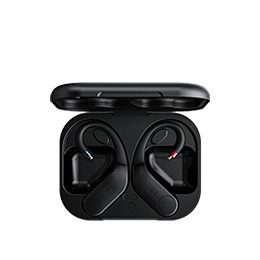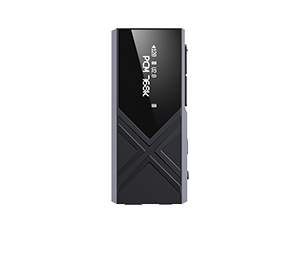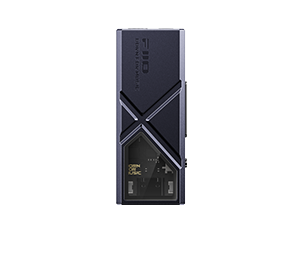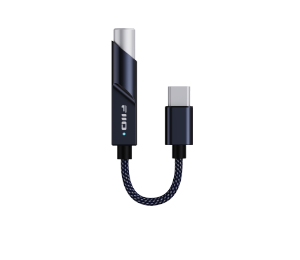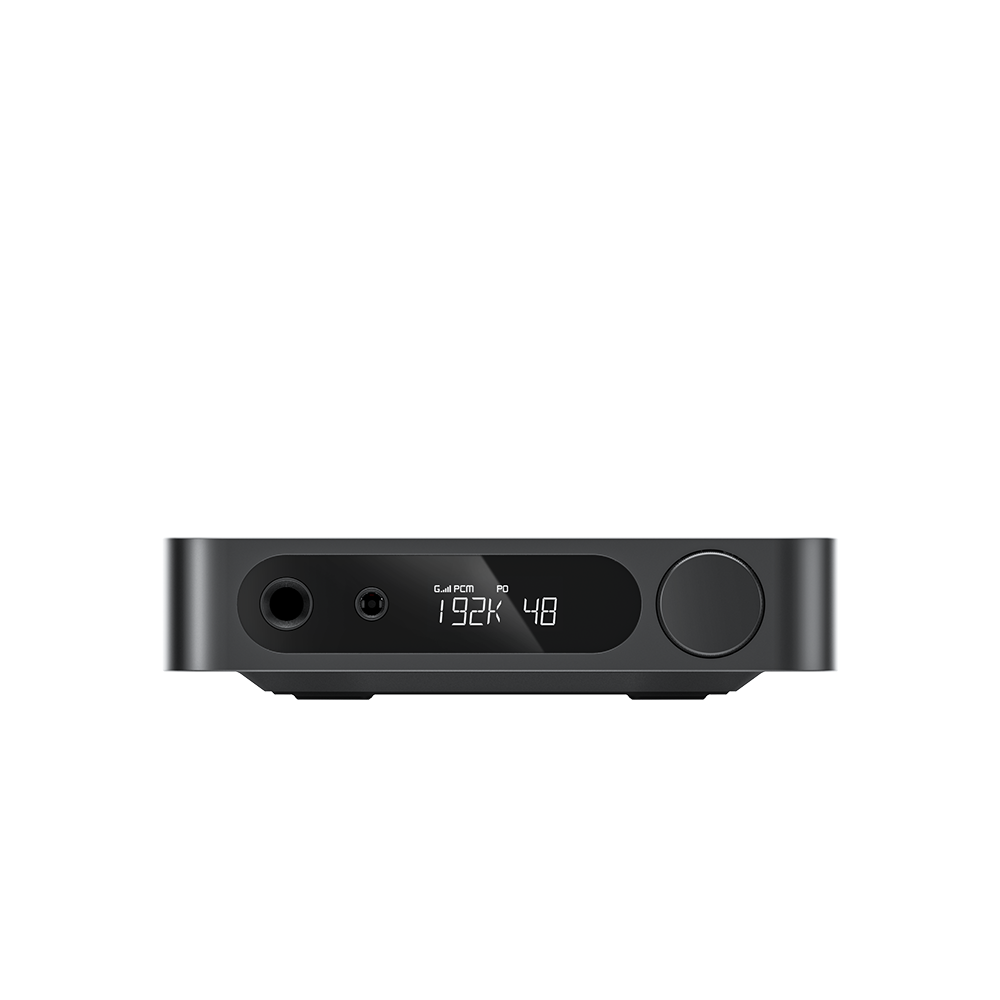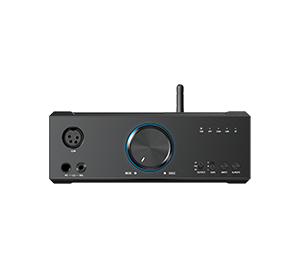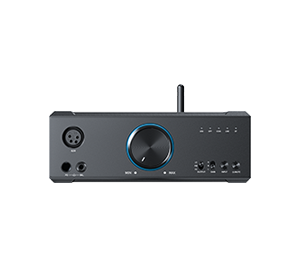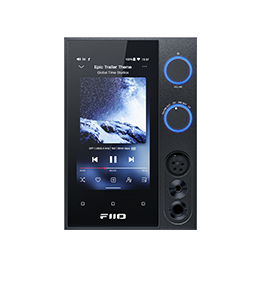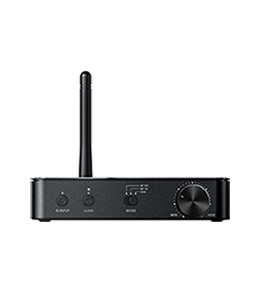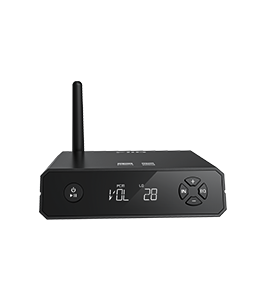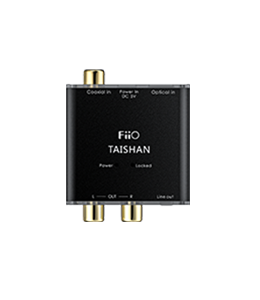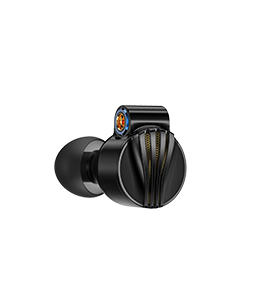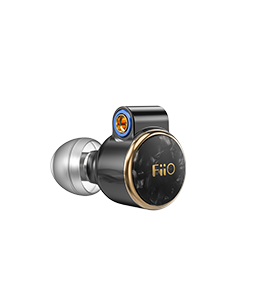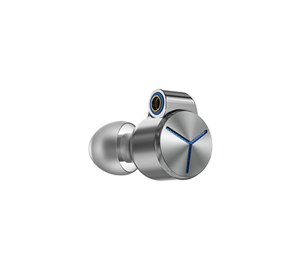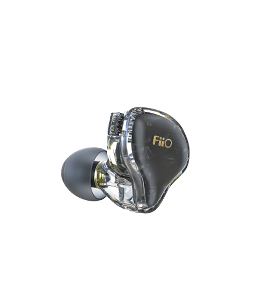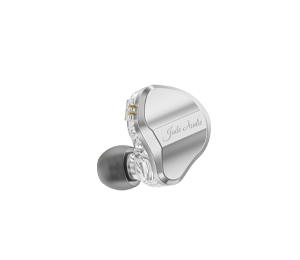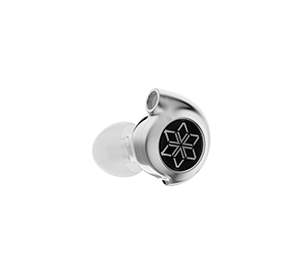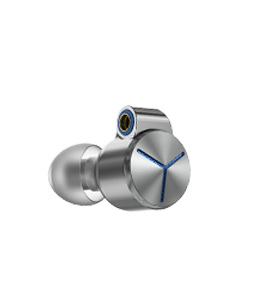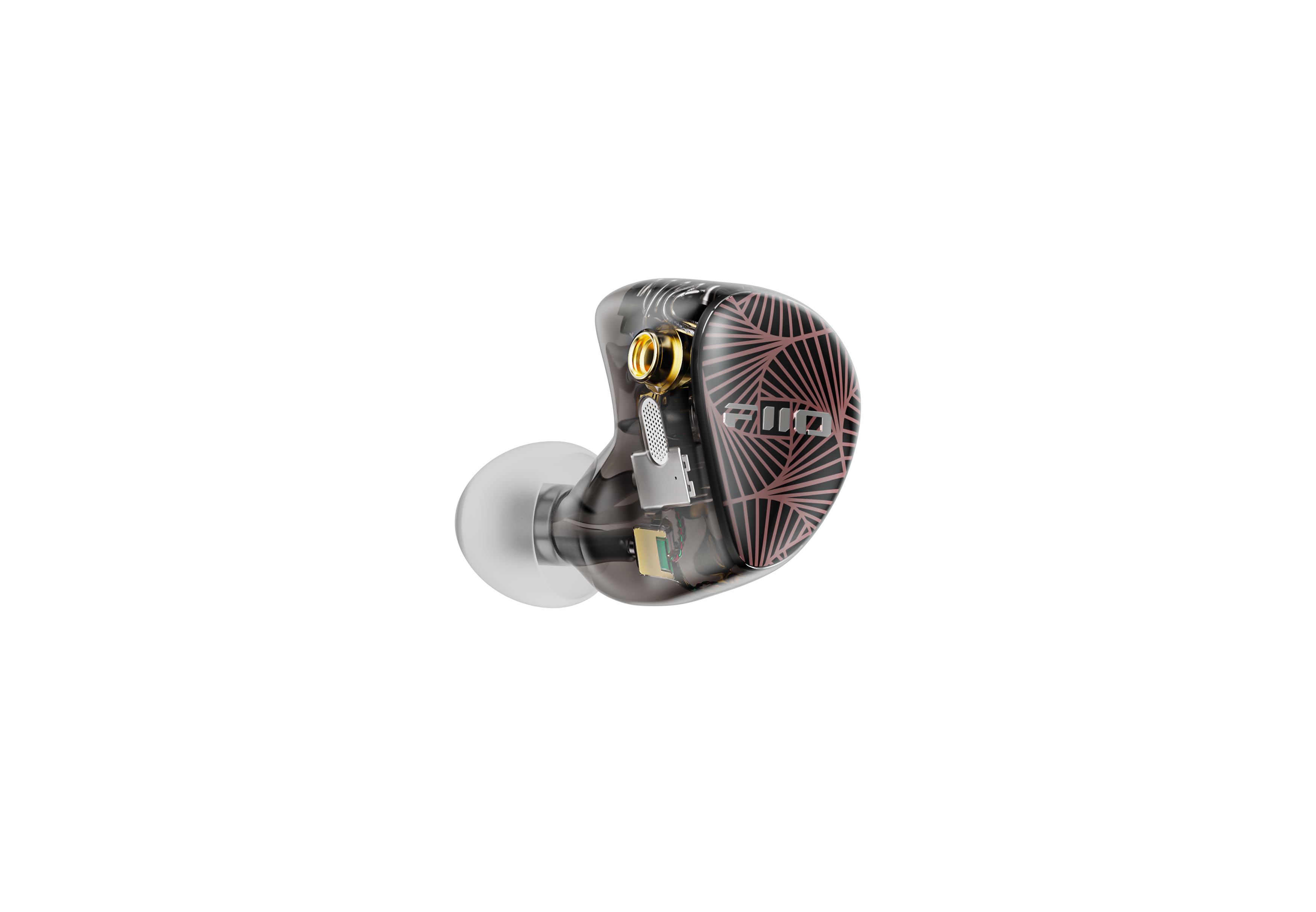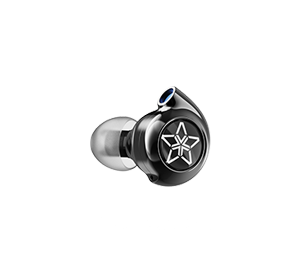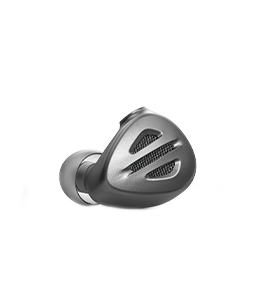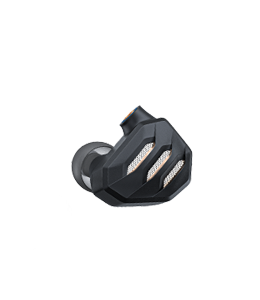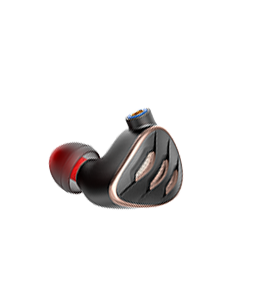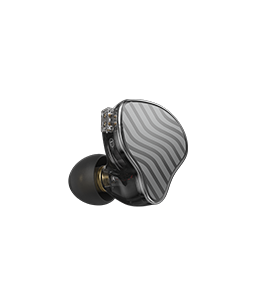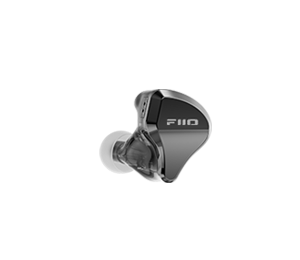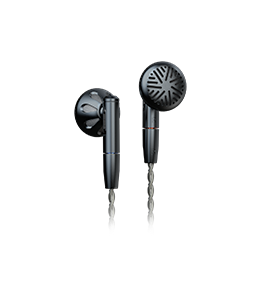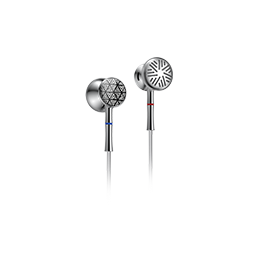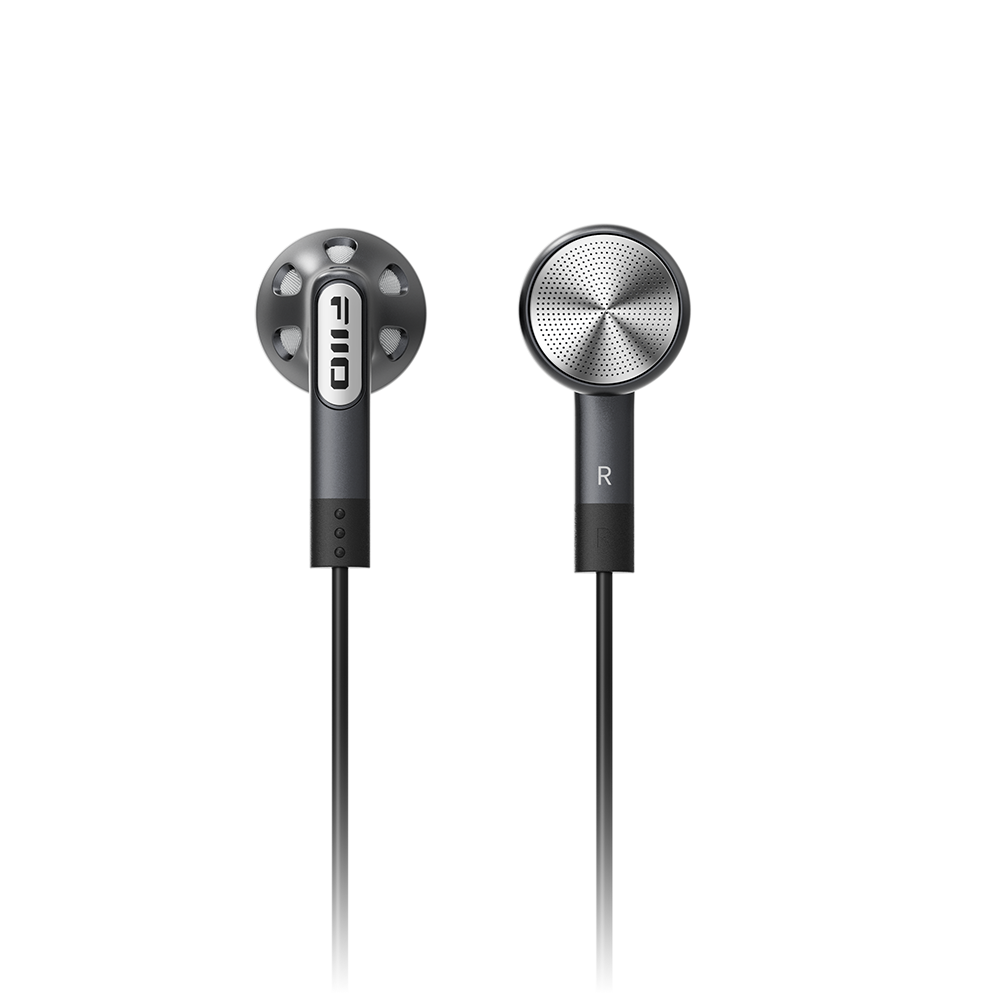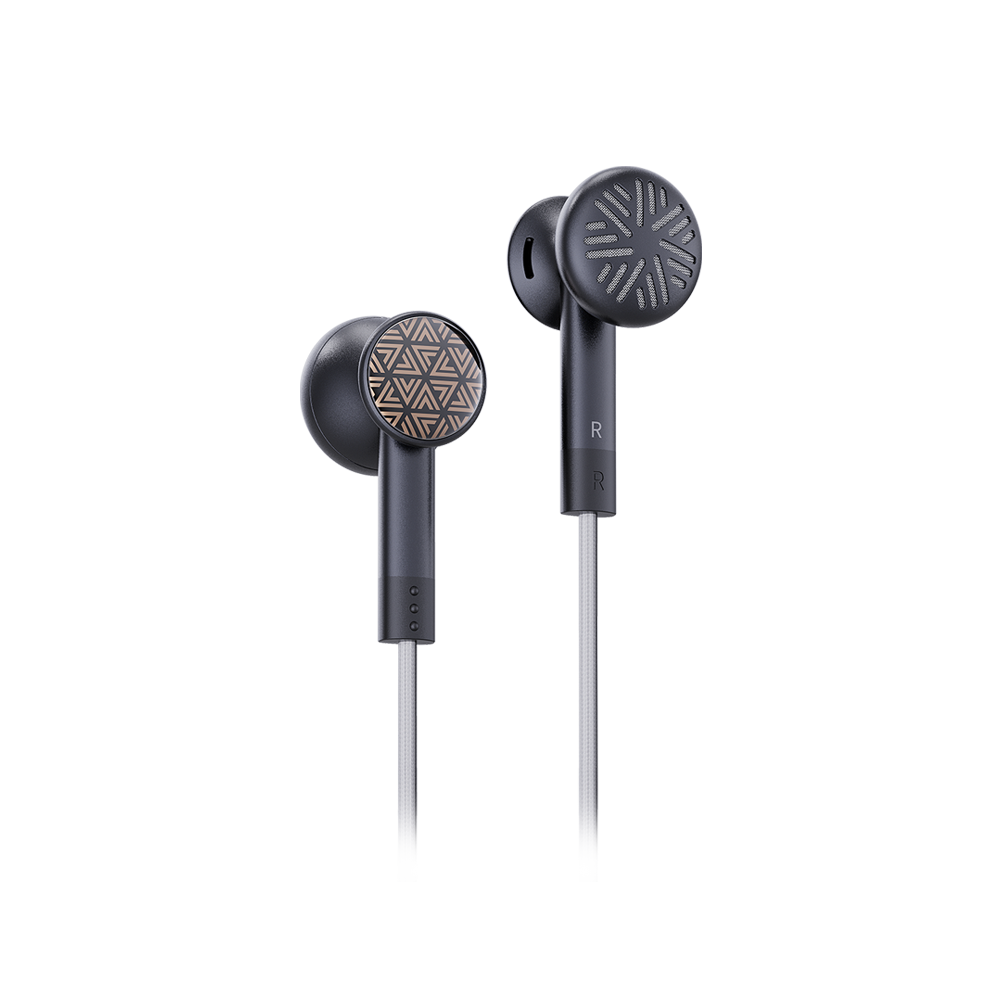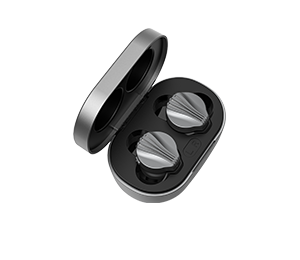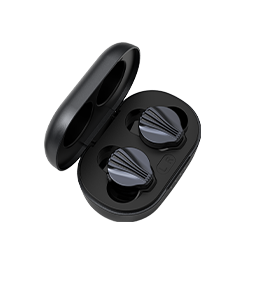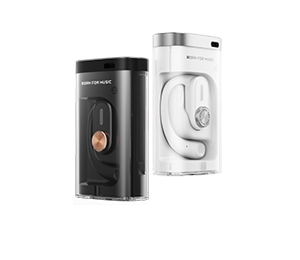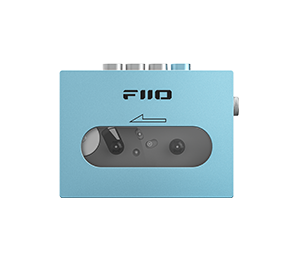Review: Fiio FH1 In-Ear Headphones
Author:Guido Gabriele
Review from:iLounge
→→ Read the original article on iLounge:>> Click here
Late last year, we reviewed Fiio's top-of-the-line IEM, the multi-driver F9 Pro. This week, we're trying a similar-looking, but very different IEM from Fiio: the FH1. We normally avoid head-to-head comparisons of headphones, preferring instead to evaluate each product on its own. For the FH1, however, it makes sense; the FH1 may cost less than the F9 Pro, but it's not a case of "better or worse." We find that, despite its shared family DNA, the FH1 stands on its own for a different musical experience.

You’d be forgiven for assuming that the FH1 would be similar to F9 Pro. They have similar housing shapes and both use MMCX-terminated detachable cables (3.5mm single-ended and 2.5mm balanced cable options are included) with over-ear guides. The FH1 ships with the same Pelican-style hard storage case as the F9 Pro (though without a zippered soft case), and almost as many ear tips — unlike the F9 Pro, the FH1 includes only two styles of ear tips, in three sizes each. The FH1’s weight, fit, isolation, and comfort are about identical to the F9 Pro, in that there’s nothing worth complaining about in those areas. Like the F9 Pro, the FH1’s single-ended cable includes a three-button control pod which works with the Fiio’s X3 Mk3 DAP, but it volume controls did not work with our iPhone’s Lightning adapter.

From here, the differences begin: Where the F9 Pro has a matte aluminum housing, the FH1’s housings are plastic, with a gloss metallic finish and chromed accent ring. Our review sample came in a silver finish, but green, red, and blue colorways are also available. The F9 Pro is a triple-driver IEM, with two Knowles balanced armature drivers and a single dynamic driver. The FH1 is also a hybrid IEM but uses only one balanced armature driver (Knowles 33518), and its titanium dynamic driver is just over 25% larger than that of the F9.

The FH1 also has a feature we’ve never seen before in an IEM — Fiio uses brass for the sound channel. Fiio claims that since brass is of higher density than aluminum, the FH1’s sound channel should have fewer undesirable resonances than other materials. We can’t say we hear any ugly resonances in either the F9 Pro or the FH1, but we do like the to see companies experimenting with materials to improve or tune their headphones.

Fiio’s use of a larger dynamic driver and one fewer balanced-armature driver has exactly the effect you’d expect: the FH1 sounds much warmer and bassier than the F9 Pro. Bass extends deeper and is undoubtedly boosted compared to the F9 Pro. We noted that the F9 Pro’s treble could be sharp at times; though we usually like a little more bite in the high-end, we found the FH1’s sound signature less fatiguing on the ears, even if the boosted low-end could be a little overpowering on some tracks.

Fiio’s tagline for the FH1’s design is “Un Bel Oeil” which is, apparently, French for “a beautiful eye.” To us, this seems emblematic of Fiio’s thoughtfulness in designing their IEMs. We were impressed with the F9 Pro as an excellent first entry into an audiophile sound; we think the FH1 will be just as impressive for bassheads. At just under $75, the FH1 is an excellent value.



